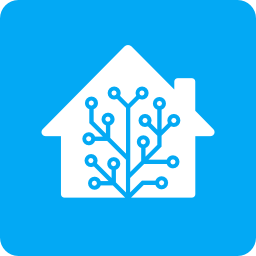

The normal account (dafault) is the only monetized option, giving 100mb of free space.
I did a quick check on the self hosted option in the beginning and same, seemed too convoluted and decided to stick with the local method, since I tested it (turning phone WiFi off) and it was still syncing (via tailscale)
On the upside, I tested the import/export features and seemed rather solid, so you can always create a new local account (save the seed phrase!) And bring your stuff back into it.



I have an old i5 Mac mini (2011 I think) as a backup for infrastructure stuff (proxy, home assistant, pihole). If something goes terribly wrong I can just plug it in and start it. All the LXCs are copies of my main proxmox rig, albeit a bit outdated (BC I don’t leave it plugged in). I know I could do better with proxmox’s HA but seems like another thing I’d be on the hook to keep maintaining.